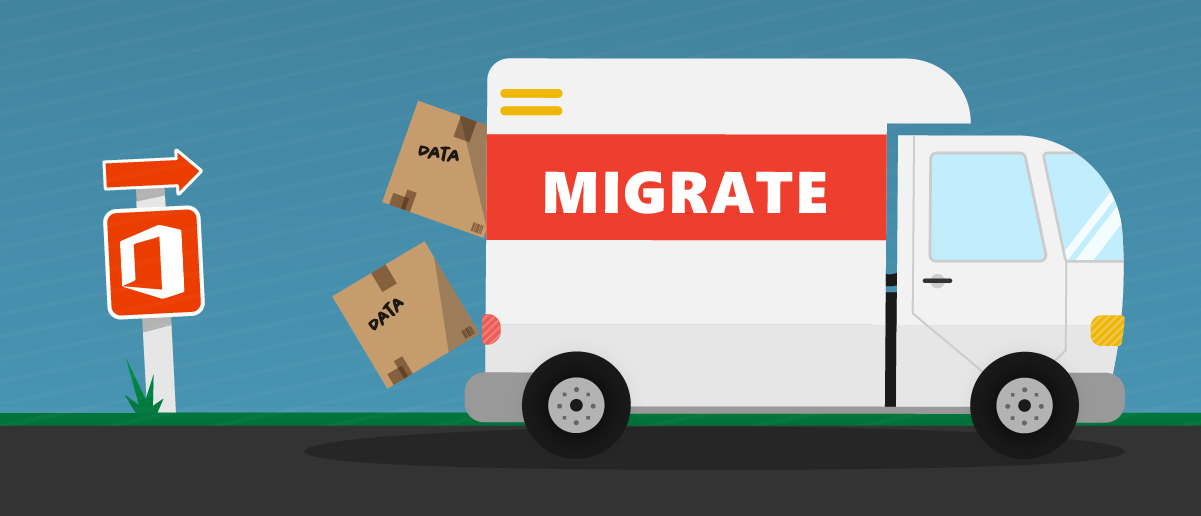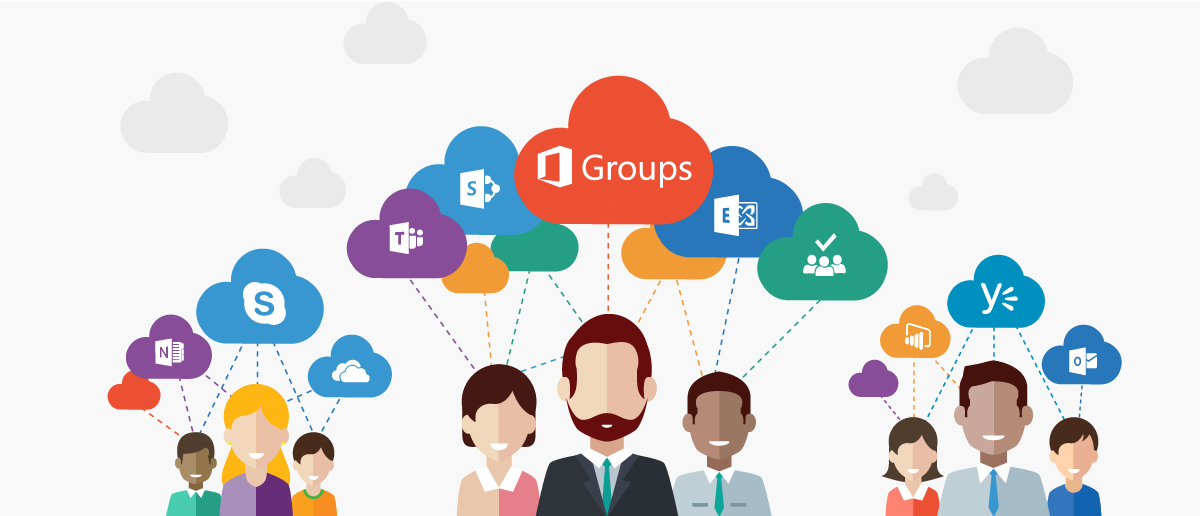This post is based on our webinar of the same name. Watch the full thing here!
If you’re migrating to the cloud, you may already know that it can bring monumental benefits to your organization–especially in terms of collaboration. But do you know how much you can save by doing so?
If you clean up your source migration data, have a migration framework in place, and have an adoption process laid out, you can dramatically cut back on migration costs as well as help your users get the most out of this experience.
When it comes to migrating to Office 365, AvePoint’s Product Marketing Manager Hunter Willis and Protiviti’s ECM Solutions Enterprise Architect Haniel Croitoru were able to share some valuable advice during their recent webinar. Here’s a quick recap!

Why Migrate to Office 365?
Every organization has collaboration requirements. There usually involve some form of information work, direct communication, and information management; each action has a designated place and purpose.
However, ad-hoc collaboration apps often pose the challenge of having little to no continuity between them. You might have a third-party application for chats, one for emails, a different app for file sharing, and yet another for external meetings.
Not to mention, the management of all these collaboration platforms requires diverse sets of expertise. It also takes extensive time and effort to meet security standards, data retention, and long-term organizational requirements.
How Office 365 Can Help
Organizations today can significantly increase their productivity while saving considerable time and money when they decide to consolidate collaboration platforms.
Because Office 365 has a centralized approach and diverse options for chats, emails, meetings, and file sharing, it makes it one of the best platforms for meeting diverse collaboration requirements.
Office 365 applications are also seamlessly integrated. With Office 365, users no longer need to switch between apps that fulfill unique needs but have some overlapping capabilities to get where they need to be.

In addition, migrating to Office 365 can bring a greater set of security and compliance features at the same or even lower price point than any other solution or combination of solutions can offer.
With device management, DLP, retention, permissions, and other security features included with some Office 365 licenses, cleaning up ad-hoc digital transformation can help organizations see a significant reduction in licensing (not to mention work hour) costs by consolidating online app platforms like Slack, Dropbox, G-Suite and Box into Office 365.
Many organizations go with the Office 365 E3 licensing model. It includes the functionality of the entry-level E1 license in addition to downloadable applications in Office 365. That said, Microsoft caters to businesses of any size with all the different plan options they offer.
So instead of burdening yourself with extra licensing costs and the management of multiple applications, get it all in one through Office 365!
Establish a Migration Framework
One of the most important things to know is that you don’t need to migrate everything. Do you really need that 400GB library of family videos in your database? What about the entire P90X series in HD that your employee uploaded?
One of the challenges of migration in Microsoft is throttling limitations. If you move too much at once, you’ll encounter throttling. This is merely a result of Office 365 ensuring it keeps the system healthy and fast for its users, but it’s something most would rather avoid regardless.

So, if you toss out those large, unnecessary files, you’ll save yourself both money and a headache in the long run. Simply put, you don’t have to pay for data you don’t need.
If your team doesn’t want to manually sort through the data, or if there’s simply too much data to comb through, you can employ the AvePoint discovery tool (it’s free!) that can inventory and analyze your data.
Once you’ve determined what you can remove, what you need to keep, and the structure of how it should be in the destination tenant, you can plan and build the architecture for the location in said destination.
When you’re confident in your migration plan, you’re ready to move your data to the cloud!
Drive Sustainable Adoption
When you’re migrating to Office 365, you want to make sure that you’re getting the most value out of it. One of the most important factors of this is ensuring that your users are happy.
To get the most out of the cloud, you usually need to bring big changes to how your users collaborate–and more often than not, people aren’t too fond of change. If you roll out the migration without your users in mind, be wary of the pitchforks and torches that might be coming your way.
Instead, you can avoid pitfalls by developing a plan to drive and encourage sustainable adoption.
It’s essential to establish a rollout timeline for your users, ensure you have a proper governance plan in place, and incentivize your leaders and users to make the transition.
It can also be helpful to establish an internal community of passionate workers that may or may not be power users. This can open the door for questions and feedback, which can then tell you where to focus your training efforts.

One way Microsoft helps organizations motivate their users is through their Champions Program. The program recruits people in the organization to act as stakeholders that help their peers through the adoption process. This is a great way to motivate users as well as encourage them to use the new platform.
Takeaways
All in all, the journey to the cloud isn’t a clear-cut process; every organization has different needs. With the right preparation, your users won’t be caught off guard by the changes being made.
Some of the primary takeaways on how to optimize costs when migrating your environment are:
- Consolidate as many applications as you can into Office 365
- Don’t migrate everything! Only bring the essentials
- Drive sustainable adoption so your users get all they can from the Cloud
If you would like to learn about these tips in more detail–as well as other resources you can use in your migration journey–then hear it firsthand from Hunter Willis and Haniel Croitoru in our full-length webinar!

